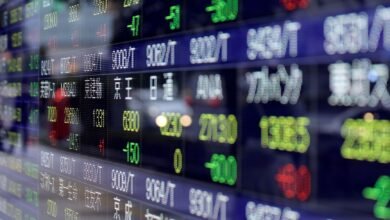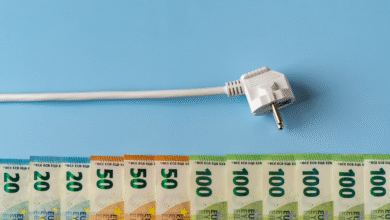‘Gulf’s renewables sector expected to turn to bond market as gigawatt projects scale’

The Gulf’s solar industry, which has driven global record-low tariffs over the past decade, may need new financing models as projects scale into multi-gigawatt range, a Deloitte executive said in Wednesday.
Speaking at a panel discussion at the World Green Economy Summit (WGES) in Dubai on Wednesday, Vishal Rander, Partner, Infrastructure and Real Estate, Deloitte said the region’s fixed-price, fixed-volume Power Purchase Agreements (PPAs) provided price certainty, lowering the cost of capital and enabling developers to bid more aggressively.
He recalled Dubai’s 200 megawatts (MW) solar tender in 2015 for the second phase of Mohammed bin Rashid Al Maktoum Solar Park, priced at 5.8 cents per kilowatt-hour (kWh), which, at the time, was considered highly competitive. Since then, tariffs have fallen to 1.6–1.7 cents per kWh, and lower in some cases even as projects have scaled up to multi-gigawatts.
“We were supported in the past by favorable macroeconomic factors [with] interest rates at global lows around the COVID period,” he said. “It’s hard to predict where the price will go, but there’s a huge amount of interest from the lenders and the developers to keep pushing..”
Last year, Saudi Arabia signed PPAs for the Haden and Muyah solar PV projects, each with 2 gigawatts (GW) capacity. Earlier this year, Masdar announced the world’s first 24/7 solar PV and battery storage giga-scale project (a 5.2GW (DC) solar PV plant, coupled with a 19 gigawatt-hour (GWh) BESS) in Abu Dhabi while DEWA initiated tendering for a 1.6GW solar plus storage project.
Rander cautioned that traditional commercial bank financing alone cannot sustain the region’s renewable energy buildouts.
“We can’t just keep doing gigawatts of solar, taking all the commercial lenders out. There are other infrastructure projects that need to happen in the region,” he said.
He predicted an eventual shift towards green bonds, and mini-perm structures, where banks cover development risk before projects are refinanced into long-term instruments.
“Infrastructure funds are there, but I think bond market is the natural place,” he said. “While we work towards that, we’re still getting great tariffs, which benefit the UAE, and the region as well,” he said.
“Everything has to remain sustainable, so that we continue to have a positive story when we look back in another 10 years,” he concluded.
(Reporting by Anoop Menon; Editing by SA Kader)
Subscribe to our Projects’ PULSE newsletter that brings you trustworthy news, updates and insights on project activities, developments, and partnerships across sectors in the Middle East and Africa.
Credit: Source link






